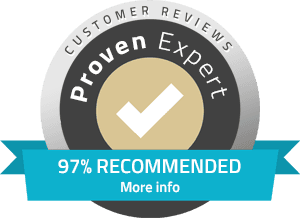Improving your blog’s SEO involves optimizing various elements to increase visibility, attract more organic traffic, and rank higher in search engine results.
1. Keyword Research
Identify Keywords: Use tools like Google Keyword Planner, Ahrefs, SEMrush, or Moz to find relevant keywords that your target audience is searching for.
Long-Tail Keywords: Focus on long-tail keywords that have lower competition and are more specific to your niche.
2. High-Quality Content Creation
Valuable Content: Create content that provides real value to your readers, addressing their needs, questions, and problems.
Original and Unique: Ensure your content is original and not duplicated from other sources.
Content Length: Write in-depth articles that cover topics comprehensively. Long-form content often performs better in search rankings.
3. On-Page SEO Optimization
Meta Descriptions: Write concise, informative meta descriptions that include primary keywords.
Header Tags: Use H1 for the main title and H2, H3, etc., for subheadings to structure your content.
Keyword Placement: Integrate keywords naturally throughout the content, including in the first paragraph, headings, and conclusion.
Internal Linking: Link to other relevant posts within your blog to improve navigation and spread link equity.
URL Structure: Use clean, descriptive URLs that include relevant keywords.
4. Technical SEO
Mobile-Friendly: Ensure your blog is responsive and mobile-friendly, as search engines prioritize mobile-first indexing.
Page Speed: Optimize your blog’s loading speed by compressing images, minifying CSS and JavaScript, and leveraging browser caching.
Secure Your Site: Use HTTPS to ensure your site is secure.
Schema Markup: Implement schema markup to help search engines understand your content better.
5. Engaging Multimedia
Images and Videos: Use high-quality images, infographics, and videos to make your content more engaging.
Alt Text: Add descriptive alt text to images to improve accessibility and SEO.
6. User Experience (UX)
Easy Navigation: Ensure your blog is easy to navigate with a clear structure and intuitive design.
Readable Content: Use short paragraphs, bullet points, and ample white space to make your content easy to read.
Call to Action (CTA): Include clear CTAs to guide readers on the next steps (e.g., subscribing to your newsletter, reading related posts).
7. Backlink Building
Guest Blogging: Write guest posts for reputable websites in your niche to earn high-quality backlinks.
Outreach: Reach out to other bloggers and websites to build relationships and earn backlinks.
Social Sharing: Encourage readers to share your content on social media platforms.
8. Regular Updates
Content Freshness: Regularly update your old blog posts to keep them relevant and fresh.
Frequency: Publish new content consistently to keep your blog active and engaging.
9. Analytics and Monitoring
Google Analytics: Use Google Analytics to track your blog’s performance, understand user behavior, and identify popular content.
Google Search Console: Monitor your blog’s search traffic, keyword performance, and fix any issues using Google Search Console.
10. Social Media Integration
Promote Content: Share your blog posts on social media platforms to drive traffic and increase engagement.
Social Sharing Buttons: Include social sharing buttons on your blog to make it easy for readers to share your content.
- +91 8300 665471
- info@vestaoneup.com



